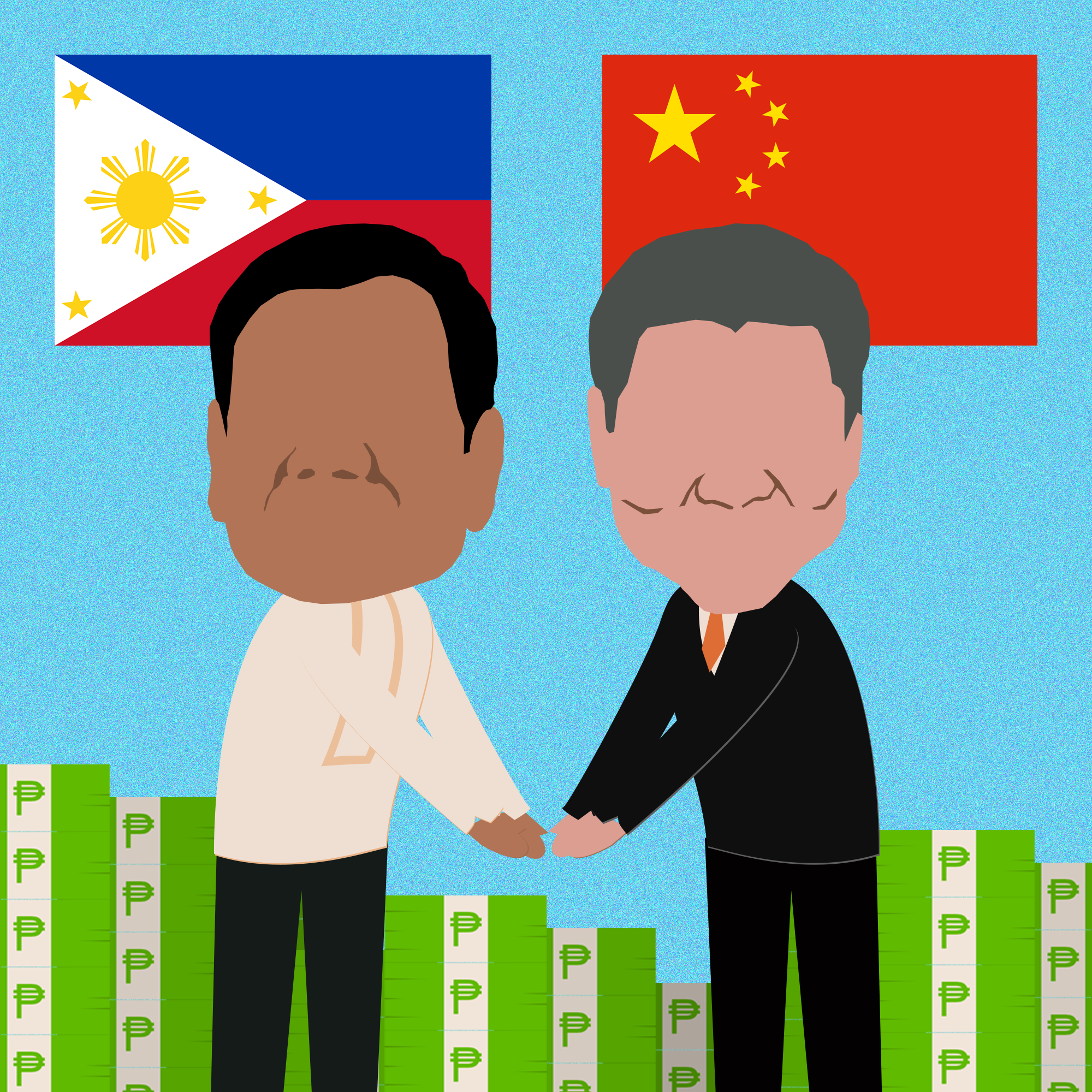The situation OFWs are now facing is a wake-up call for government which has mythologized overseas remittances as some kind of magic bullet for development.
IBON Features – Even as overseas Filipino workers (OFW) remittances grew by 13.7% last year, the slowdown in growth in December 2008 draws attention to the possible difficulties in the coming months as the economy faces the effects of the global downturn.
As of January 31, the Philippine Overseas Employment Administration has reported 5,221 displaced OFWs in 15 countries who have returned home since the global economic downturn worsened in September 2008. The agency also listed more than 270 retrenched OFWs in 5 countries who are awaiting deployment because of establishment closures in their host countries.
While the administration has been criticized for its overdependence on remittances, it still places high hopes that the steady flow of OFW remittances will buffer the domestic economy. Such hopes may turn out misplaced as remittances and incomes of OFW households are at risk. The situation is a wake-up call for government which has mythologized overseas remittances as some kind of magic bullet for development.
Remittance sources are concentrated in just a few countries which are all facing varying degrees of economic difficulty. In 2008, the top ten countries accounting for 88% of total remittances are: US, Saudi Arabia, United Kingdom (UK), Italy, Canada, United Arab Emirates (UAE), Japan, Singapore, Hong Kong and Germany.
Closures, layoffs and retrenchments are inevitable not just in their financial sectors but also in the rest of their economies affected by the imploding financial markets. Many will be affected especially in sectors where migrants tend to concentrate: tourism, hotel and restaurant, construction, manufacturing, wholesale and retail and entertainment. But privatized social services are also at risk. For example, private US hospitals are being squeezed by more expensive debt, investment losses and patients unable to pay their bills. Some 53% of US hospitals are apparently reducing staff and around half are postponing capital expenditures.
At the very least there will be a slowdown in deployments to the US, Europe, Middle East, East Asia and seaborne work where the overwhelming number of overseas Filipinos go and a corresponding drop in growth of remittances from abroad. Growth in deployments has in general been slowing even before the crisis. Peak annual growth rates in recent years of less than 8% are much lower compared to the double-digit peaks of nearly 40% in previous decades. The average annual growth rate of deployments in the period 2001-2008 of 6.6% is smaller than the 7.9% average rate in the previous long period from 1981-2000.
It is important to note that almost half of total remittances – 48% or US$7.8 billion in 2008 – come from the US. Official records are unable to distinguish whether they come from US-based Filipinos or are merely going through US-based banks, but it is reasonable to presume that about one-third of remittances come from US-based Filipinos inasmuch as the country hosts almost 3 million, or a third, of all Filipinos overseas.
Filipinos in the US unfortunately appear concentrated in particularly troubled sectors of the US economy: manufacturing and retail (employing around 20%-25% of Filipinos in the US), accommodation and food services (around 8%), and finance and insurance (around 6%-7%). As it is, US job losses were reported large and widespread across most major sectors – job losses of 3.6 million last year have already pushed its unemployment rate to a 16-year high of 7.2% in December 2008.
It is worrying to recall that remittances from the US shrank 11.2% following its last financial crisis in 2000 and then by another 18.8% in 2001. Remittances fell by from US$4.4 billion in 1999 to US$3.9 billion in 2000, then US$3.2 billion in 2001.
Filipinos working overseas in distressed countries and sectors face layoffs or at least lower incomes. This is not just in the US where the crisis first erupted but also wherever in the world they might be since no country is untouched by the tumult. Overseas Filipinos will do their best and be making even greater sacrifices to keep sending money back to their families in the country. At least 1.3 million families or 7.9% out of the country’s total 16.5 million families had “cash receipts, gifts and other forms of assistance from abroad as main source of income.” But remittance flows are still certain to weaken perhaps significantly in 2009. Any resultant drop in OFW household incomes will have repercussions on domestic sales of consumer goods and services and residential real estate.
Also a major threat is that more and more governments of other Third World countries are now also pushing their citizens abroad. This will most likely increase competition for deployment there being a large base to begin with, as Filipinos have been going overseas in record amounts. In fact, the year 2008 saw the most Filipinos desperate to find work and forced abroad in the country’s history – the number of deployments reached an unprecedented 28% increase or almost 300,000 additional deployed Filipinos.
There are also other less obvious risks for migrants. Prospects in seemingly less affected countries will also be poor in projects that involve US, Japanese and European investors who are all grappling with domestic recessions and difficult financing conditions or are aimed at US, Japanese and European consumers. This includes for example joint energy ventures, real estate development, tourism projects and others in the Middle East.
The onset of global financial and economic turmoil pushes the country into deeper crisis, especially since it is more dependent than it has ever been on exports, foreign capital (investments, debt and aid) and remittances. The country is going to be seriously affected particularly because the last decades of globalization policies have made the economy extremely vulnerable to external shocks and internally much weaker. As Filipinos feel the economic problems in the country’s main trade and investment partners and in the destinations of OFWs, the need for domestic-based and sustainable growth is further underscored. IBON Features






